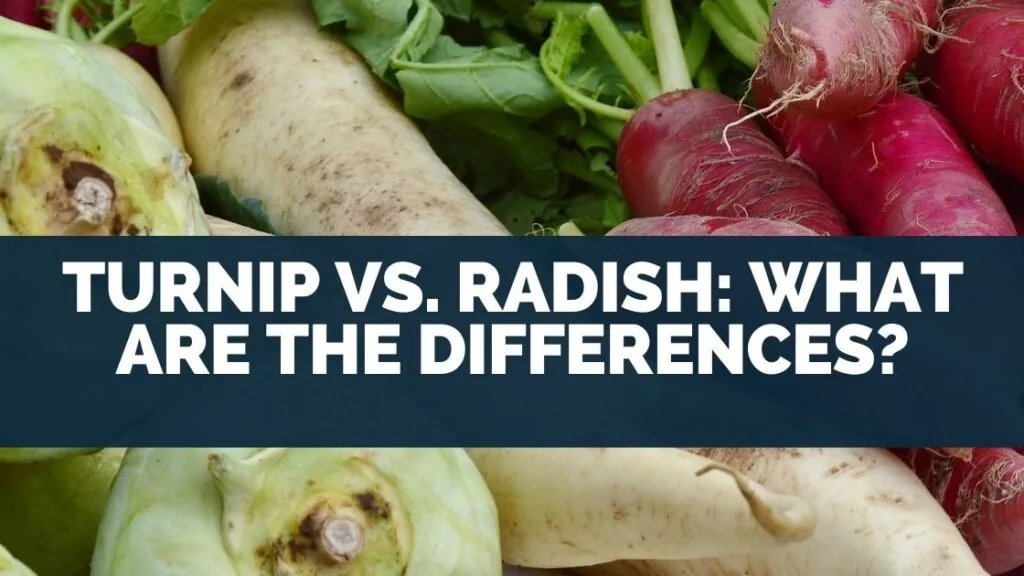
It can be hard to understand the difference between many root vegetables, many look similar but with contrasting colors.
A good example is where people mix up turnip and radish. Despite their very different colors, many people are still a little confused by these two crops.
So, how are turnips and radishes different?
The main difference between turnips and radishes is that turnips are Brassica members, and radishes are Raphanus members.
Radishes are smaller than turnips and have a darker, crimson skin color, which makes them look redder.
This guide will help you figure out what are the differences between a turnip and a radish.
Table of Contents
What are turnips?
It is a type of vegetable called brassica. Turnips are one of them. The root vegetable can be found in countries that have mild climates. Turnips are eaten by humans in small, soft varieties that are used in many popular dishes.
Many people also mix up turnip and rutabaga. Both of these plants belong to the Brassicaceae family, but they are also very different from each other.
The rutabaga is a cross between a turnip and a cabbage, and it tastes like both of them.
In addition, turnips and parsnips are often mixed up.
Turnip and radish look a lot alike, but they should not be mixed up.
What are radishes?
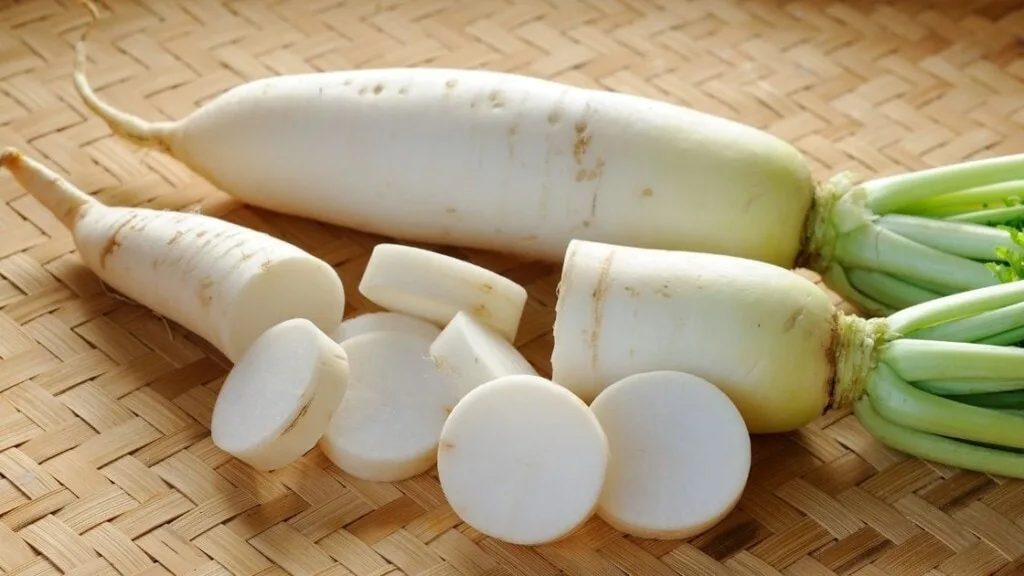
They are a type of vegetable from the Raphanus family. Radishes, like turnips, are a type of edible root vegetable that can be found all over the world.
Radishes are often used in salads and can even be used as a sandwich filling.
Radishes come in a wide range of colors, sizes, and flavors, which makes it hard to classify them.
However, one thing is for sure: radishes have a strong taste that goes well with a lot of different foods.
Differences between turnip and radish
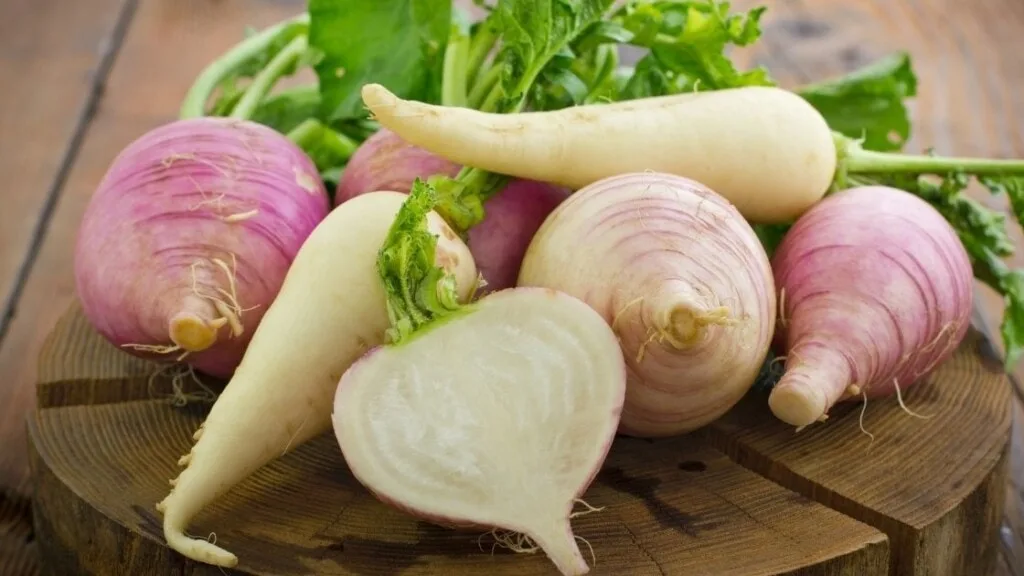
Appearance
On the outside, raw turnips come in a wide range of colors, from white to purple. They are usually white on the inside, too.
Turnips come in sizes that range from 2 to 3 inches. These sizes are ideal for humans because they aren’t too soft or too hard to chew.
Radishes come in a wide range of colors, depending on the type of radish. Radish plants are often red and round or oval. They grow to about 2-3 cm in length.
Taste
It’s common for both turnips and radishes to look and feel the same, but their tastes and overall flavors are very different.
Radish taste
When you bite into a raw radish, you get a crisp, citrusy taste that’s a little sweet. Apple: It’s like biting into an apple, but without the juice. Make sure to keep in mind that the spicier a radish gets, the longer it has been.
While raw radishes are tasty, they work best when they are part of a bigger dish, like onions do. Thus, the other ingredients in a recipe can make the radish taste and smell better.
Salads are a great example of this. It can be a good idea to chop up some radishes and add them to the salad to add a little crunch and flavor. This will go well with the fresh, green lettuce.
When radishes are cooked, their taste and texture can be very different. When radish is cooked the right way, its spiciness goes down and its sweetness goes up.
Also, the texture of the radish will change.
Turnip taste
Turnips are often said to taste like cabbage when they’re raw, but with a little bit of spiciness and a crunchy texture.
Like radish, they are crisp and crunchy and have a milder taste and zest. Younger turnips are sweeter and more flavorful than older turnips.
Older turnips are a little bitter and starchy.
During the process of growing turnips, it is best to pick them before they have grown to a diameter of three inches. This will keep the root’s flavor.
In time, turnips become bitter, so it is important to pick them while they are still young and sweet.
With the right preparation and spices and seasonings, turnips can be an excellent side dish for any meal. Turnips have a milder taste than radishes.
Roasting turnips is a common way to make them.
It’s easy and healthy to make roasted turnips as a side dish. Chopping up your turnips and cooking them in olive oil with the spices and seasonings of your choice over a stove is all that’s needed to make turnip soup.
Health benefits
There are a lot of vitamins and minerals in these two root vegetables, which have been shown to help people stay healthy and strong.
Turnip benefits
There are a lot of vitamins in it, like A and B3, as well as C, E, and K. There are also calcium and potassium in the food.
It has a lot of fiber, which can help with digestion and keep you from having a bad bowel movement, which can improve your digestive health.
People who eat turnips have stronger bones and less risk of osteoporosis because they are high in calcium, which helps keep bones strong.
Radish benefits
Radishes are a good source of antioxidants, fiber, and calcium.
Antioxidants, in general, can help your skin look better by preventing acne and blackheads.
Radish “paste” can help fade scars and rashes on the skin.
Final thoughts
Turnips and radish are two different types of root crops with very different tastes. Turnips have a more mild and sweet taste than radishes.
Also, the look of the two vegetables is different. Because of this, they can be easily found.
When you buy turnips and radish, their taste and appearance may change from time to time.
Whatever vegetables you choose to add to your salads and dishes, you can ensure that the vitamins and minerals in these vegetables will help you stay healthy while also giving your food a unique taste.
Radishes and turnips are often found in the produce section of most supermarkets. They are available all year long.
Turnips and radishes can be grown in your garden so that you can always get organic vegetables. Keep these differences in mind to make sure you use them correctly!

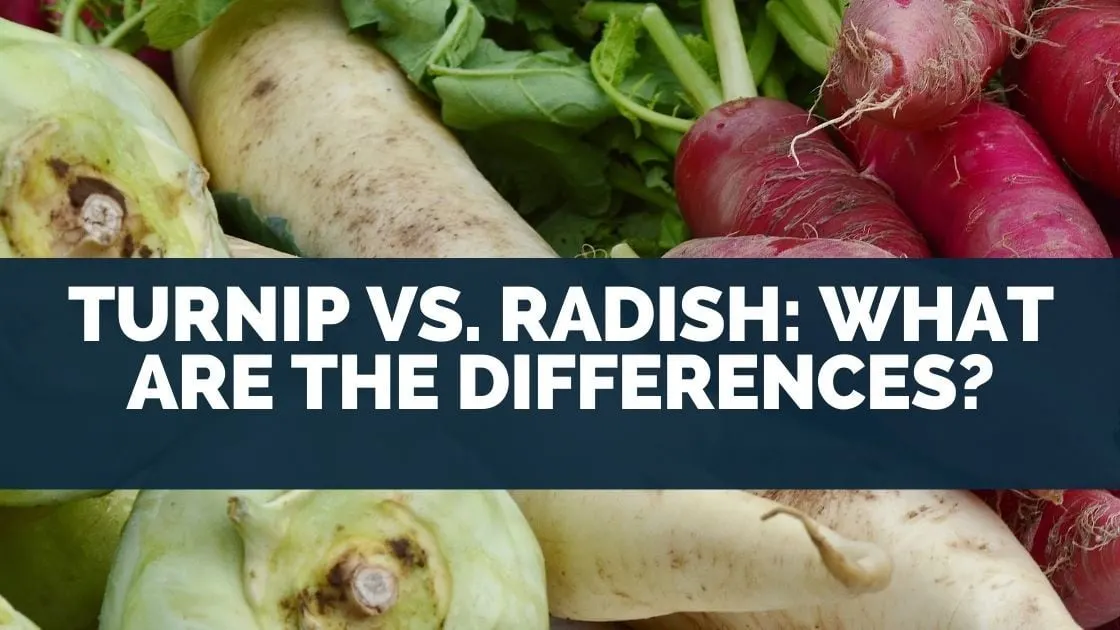
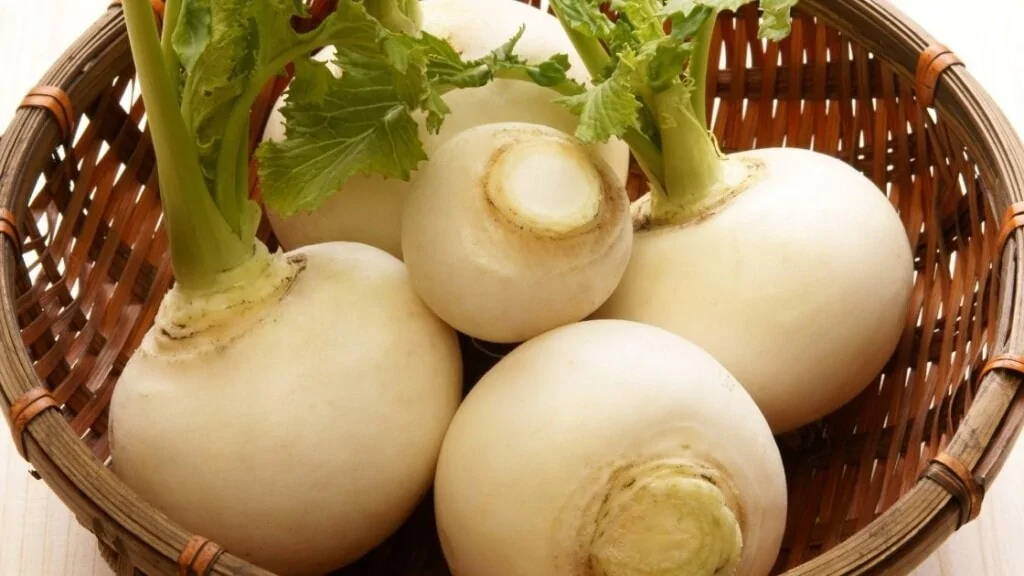
Leave a comment